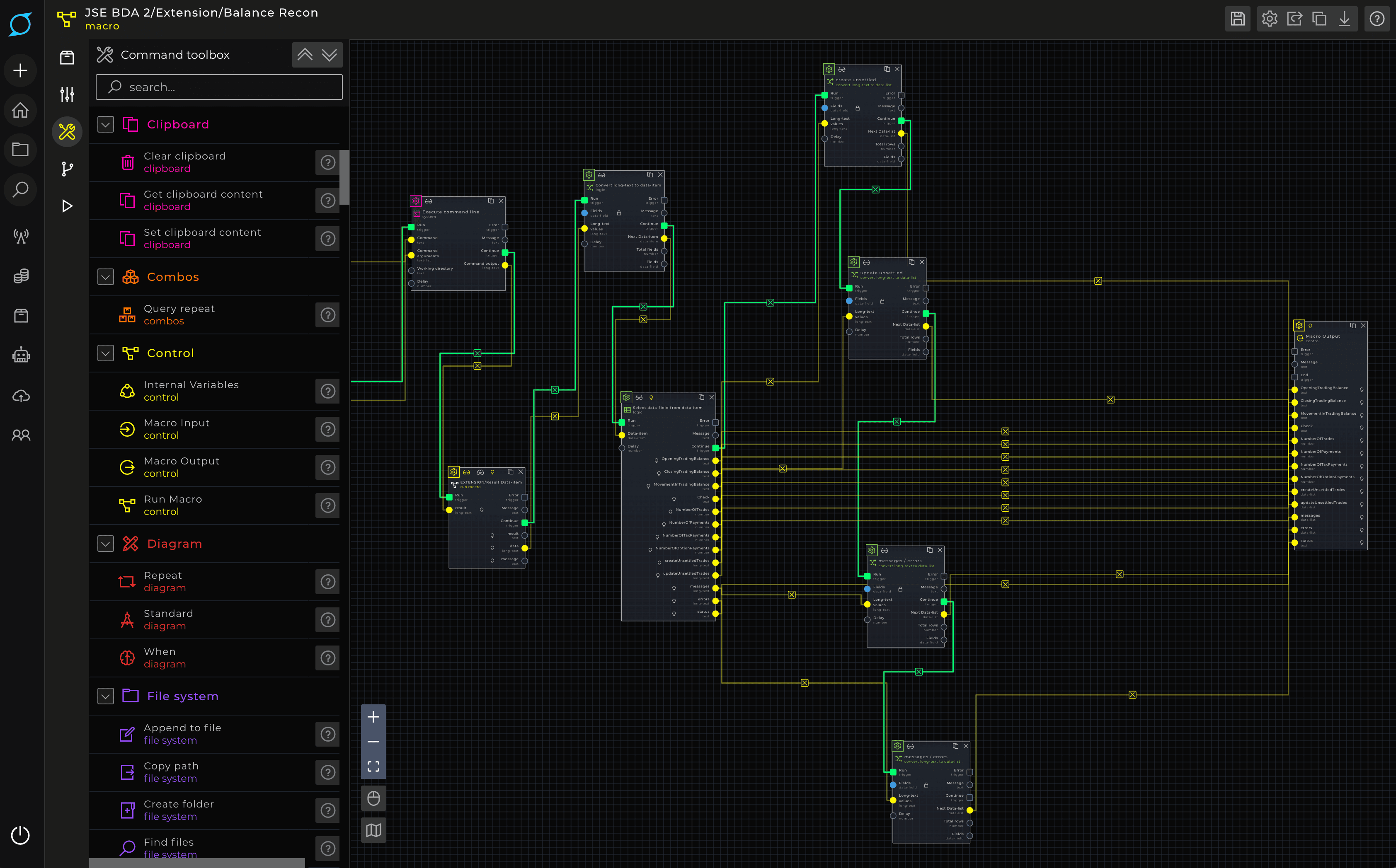Roboteur - Everything else is just noise
Roboteur is a low-code toolset that enables automation. It allows partners to use its visual building block design to quickly create and deploy Robotic Process Automation (RPA) applications.

RPA Success - The key factors to RPA success
Unlocking the full potential of Robotic Process Automation (RPA) requires careful consideration of several key factors:
- Clear Objectives. Define clear and achievable goals for your RPA implementation. Whether it's reducing operational costs, improving accuracy, or enhancing efficiency, having a clear understanding of what you want to achieve is crucial for success.
- Process Selection. Identify and prioritize processes that are well-suited for automation. Look for tasks that are repetitive, rule-based, and high-volume, as these are typically the most suitable candidates for RPA.
- Stakeholder Buy-In. Secure buy-in from key stakeholders across the organization, including executives, managers, and employees who will be directly impacted by RPA. Address any concerns and communicate the benefits of automation to gain support and commitment.
- Robust Infrastructure. Ensure that your IT infrastructure can support RPA implementation. This includes evaluating compatibility with existing systems, scalability, and security considerations to facilitate seamless integration and operation.
- Effective Change Management. Implement a robust change management strategy to manage the transition to automation effectively. Provide training and support to employees who will be working alongside robots, and emphasize the benefits of RPA to alleviate concerns about job displacement.
- Continuous Improvement. RPA is not a one-time implementation; it requires ongoing monitoring, optimization, and refinement. Establish mechanisms for tracking performance metrics, identifying bottlenecks, and implementing enhancements to maximize the benefits of automation over time.
- Compliance and Governance. Ensure compliance with regulatory requirements and establish governance frameworks to oversee RPA initiatives. Implement controls to mitigate risks related to data security, privacy, and regulatory compliance.
- Scalability and Flexibility:. Design RPA solutions with scalability and flexibility in mind to accommodate future growth and changes in business requirements. Build reusable automation components and adopt scalable platforms to support expanding automation initiatives.
Roboteur Content - Roboteur In Action
Roboteur RPA Success Study with Nedbank CIA
Roboteur in a nutshell 27 minute overview and demo
The release of Roboteur 7.0
RPA Success
